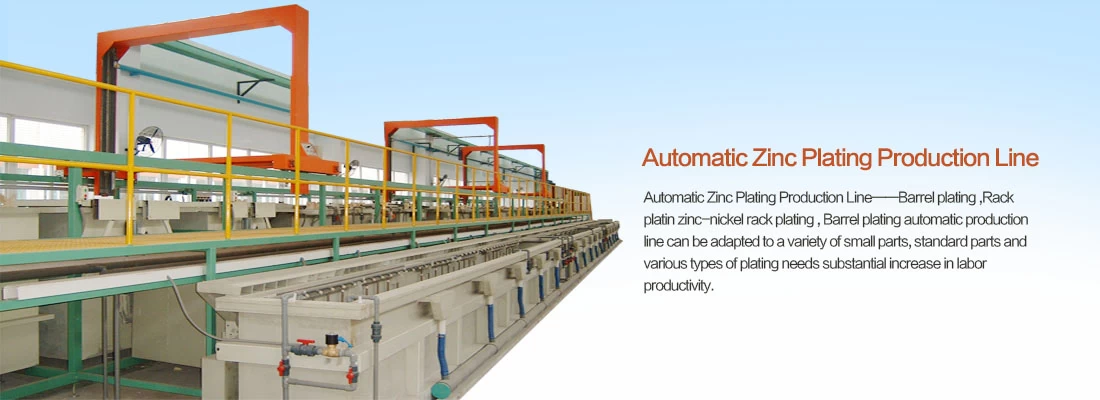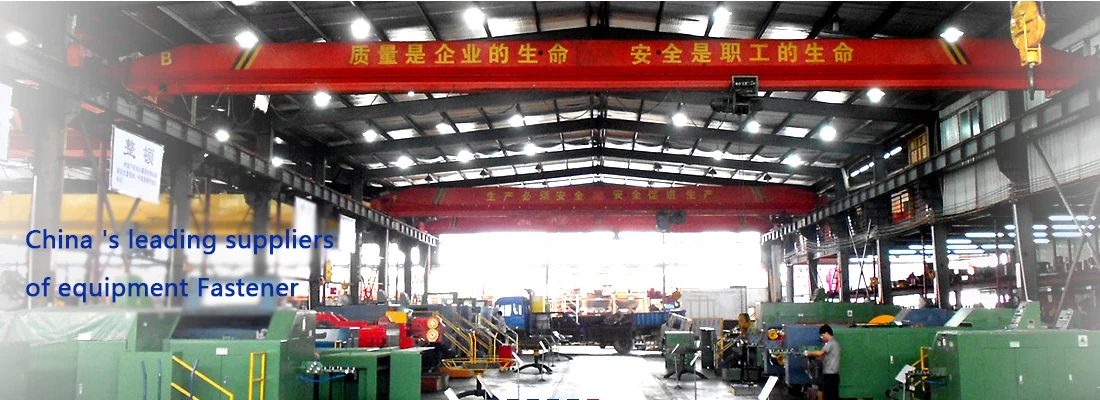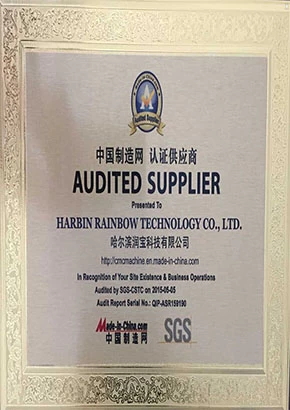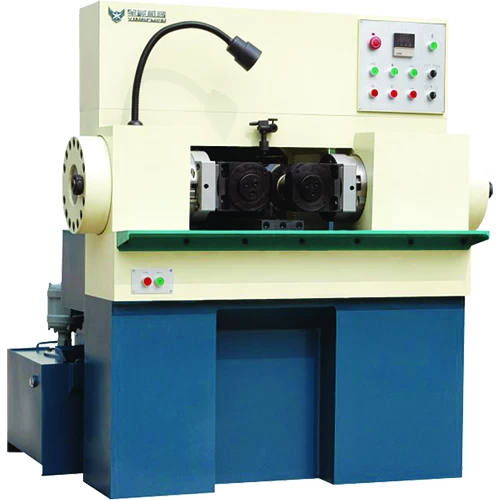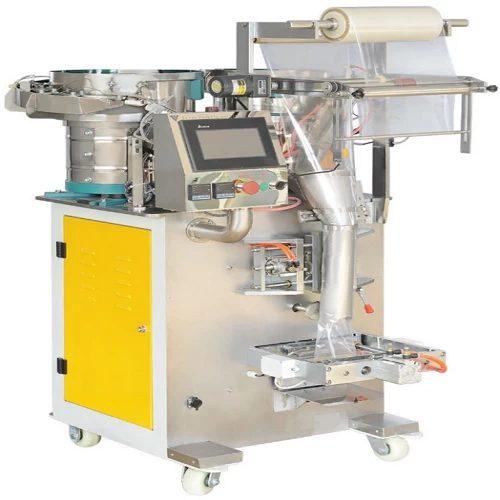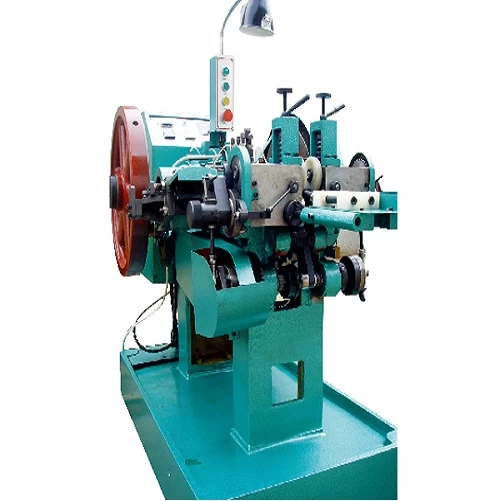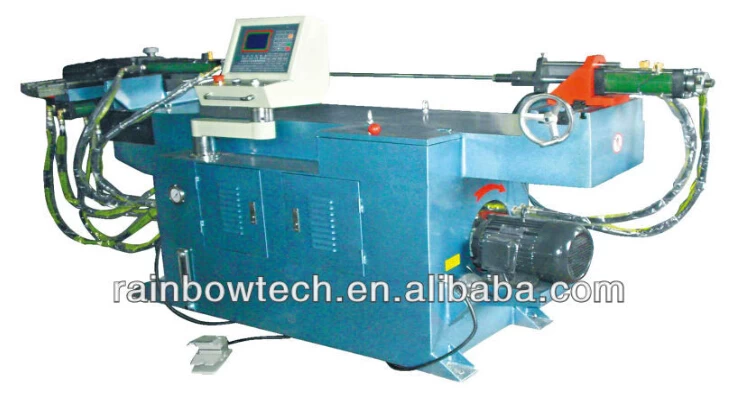Fastener Heat Treatment Furnaces: An In - Depth Overview
Introduction
Fastener heat treatment is a crucial process in the manufacturing industry. It significantly impacts the quality, performance, and reliability of fasteners. Heat treatment furnaces play a central role in this process, providing the controlled environment necessary for various heat - treatment operations.
Types of Heat Treatment for Fasteners
1. Quenching and Tempering
Quenching and tempering are commonly used for fasteners that require high strength. Quenching involves rapid cooling of the fastener after heating to a specific temperature, which changes the material's internal structure to increase hardness. Tempering follows quenching, where the fastener is heated to a lower temperature to relieve internal stresses and improve toughness. For example, in the automotive industry, many high - strength bolts and nuts are processed through quenching and tempering to ensure they can withstand high loads and vibrations.
2. Carburizing
Carburizing is a process used to increase the carbon content on the surface of low - carbon fasteners. This is typically done in a carburizing furnace. In the case of self - tapping screws, which are often made of medium - low carbon steel, carburizing can enhance their surface hardness and wear resistance. Gas carburizing, where a carbon - rich gas is introduced into the furnace, is a popular method. The carbon atoms diffuse into the fastener's surface at high temperatures, creating a hard outer layer while maintaining a tough core.
3. Nitriding and Carbonitriding
Nitriding is a surface - hardening process that introduces nitrogen into the fastener's surface. Gas soft - nitriding, which is widely used in domestic production, is carried out in an atmosphere containing active nitrogen and carbon atoms. Common media for gas soft - nitriding include urea, formamide, ammonia, and triethanolamine. These substances decompose at the soft - nitriding temperature (usually 560 - 570°C) to produce active nitrogen and carbon atoms, which are absorbed by the workpiece surface and diffuse into the surface layer, resulting in a nitrogen - based nitrided layer. Carbonitriding, on the other hand, is a process that simultaneously introduces carbon and nitrogen into the steel's surface. It combines the advantages of carburizing and nitriding, improving both hardness and wear resistance.
Heat Treatment Furnaces for Fasteners
1. Mesh Belt Furnaces
Mesh belt furnaces are well - suited for fastener heat treatment, especially for small - sized fasteners with large quantities and variable processes. They are commonly used for mass - production carburizing of screws. A typical mesh belt furnace production line includes processes such as loading, cleaning, heating, quenching, cleaning again, tempering, and unloading. These furnaces can achieve carbon potential control and automatic operation. Oxygen probe - based carbon potential control technology can be used in the carburizing process to optimize the quality of shallow carburized layers, leading to a significant improvement in product quality.
2. Vacuum Heat Treatment Furnaces
Vacuum heat treatment furnaces have seen increasing use in fastener heat treatment. The development of vacuum heat treatment technology dates back to the late 1920s. With the advancement of equipment, such as the development of gas - cooled vacuum heat treatment furnaces, cold - wall vacuum oil - quenching furnaces, and vacuum - heated high - pressure gas - quenching furnaces in the 1960s and 1970s, vacuum heat treatment has become more widely applied. Vacuum carburizing can eliminate some intermediate steps, such as slow cooling, reheating, and subsequent pressure quenching and sizing quenching. Additionally, the cooling rate in vacuum gas quenching can be adjusted by changing gas pressure, selecting different cooling gases, and changing gas flow rates.
3. Other Furnaces
There are also other types of furnaces used in fastener heat treatment, such as fastener de - hydrogenation furnaces. These furnaces are used to remove hydrogen from fasteners, which can cause embrittlement. They often feature PID intelligent digital - display temperature control, a timed device, and various safety protection devices, such as leakage, short - circuit, and overload protection.
Quality Control in Fastener Heat Treatment
Quality control is of utmost importance in fastener heat treatment. Since the quality characteristics imparted by heat treatment are often internal and not directly observable, special testing equipment is usually required to test fasteners or samples. However, due to the limitations of inspection sampling rates and inspection locations, it is difficult to achieve 100% inspection of heat - treatment quality. Therefore, strict control of the entire heat - treatment production process is necessary. Implementing quality management systems, such as the ISO 9000 series, is significant in the fastener industry.
Conclusion
Fastener heat treatment furnaces are essential for producing high - quality fasteners. Different types of furnaces are suitable for various heat - treatment processes, and each process has its own advantages and applications. With the continuous development of technology, improvements in furnace design, heat - treatment processes, and quality control methods will further enhance the performance and reliability of fasteners, meeting the ever - increasing demands of various industries.



